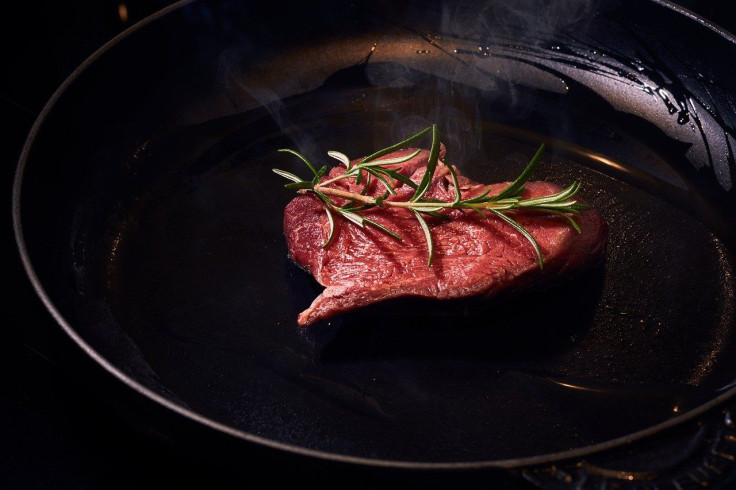Researchers' Lab-Grown Meat Replicates Real Meat's Natural Flavor, Texture
KEY POINTS
- Researchers have developed a method of creating lab-grown meat from living cells
- Using the method, they can even create meat with a specific percentage of fat
- The team's work adds another alternative to traditional, animal-based meats
Opening new vistas toward cruelty-free meat, researchers have now developed lab-grown meat that may be comparable to the real deal.
In a new study published in Cells Tissues Organs, researchers from McMaster University described their concept for lab-grown meat and said it is more similar in texture and flavor to real meat compared to other meat alternatives.
McMaster University news release explained that the method the researchers applied was adapted from the one being used in tissue engineering for human transplants. Essentially, the researchers grew cultivated muscle and fat tissue from sheets of living cells, and then stacked them together to form the lab-grown meat.
"This layer-by-layer self-assembly and stacking process is [sic] fast (four days of culture to form sheets and few hours for assembly) and scalable (stable sheets with diameters >3 cm are formed)," the researchers wrote in their study.
"Tissues formed with only muscle cells were equivalent to lean meat with comparable protein and fat contents (lean beef had 1.5 and 0.9 times protein and fat, respectively, as our constructs)," the report said.
As part of the study, the researchers created the cultured meat from mouse cells but did not eat it. However, they later tried making and eating meat from rabbit cells, the news release noted.
"It felt and tasted just like meat," study co-author Ravi Selvaganapathy said, noting that the method will also likely work on beef, pork or chicken.
The future of "alternative meat" just got a little more interesting.@McMasterEng researchers have developed a type of cultured meat, grown in a lab, that replicates the taste and texture of real meat--without the potential environmental impacts. | https://t.co/YADeUSsDu1
— McMaster University (@McMasterU) January 19, 2021
Customizable Meat?
The method allows the creation of a solid piece and even replicates the marbling of a piece of meat.
"We are creating slabs of meat," Selvaganapathy said. "Consumers will be able to buy meat with whatever percentage of fat they like – just like they do with milk."
This may not even be too far in the future since the researchers already have a start-up so they can use the technology for commercial use. What's more, Selvaganapathy noted that the method can also be used for large-scale production.
"Meat production right now is not sustainable," Selvaganapathy said. "There has to be an alternative way of creating meat."
The researchers' work now adds to the list of meat alternatives that are being developed for the market. Apart from plant-based meats that are already being offered even in fast-food restaurants such as Burger King and Pizza Hut, lab-grown meats are also gaining ground in the meat industry.
In December, for instance, a restaurant in Singapore began serving lab-grown chicken meat after the city-state became the first to allow the sale of lab-grown meat.

© Copyright IBTimes 2025. All rights reserved.






















